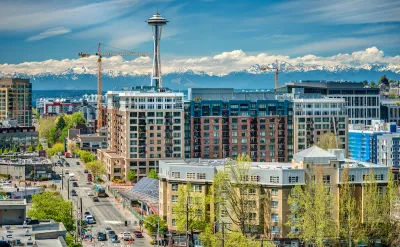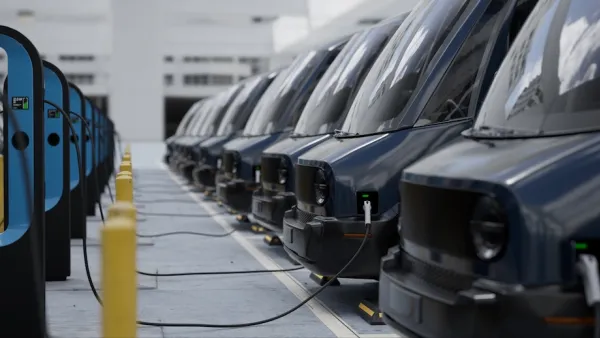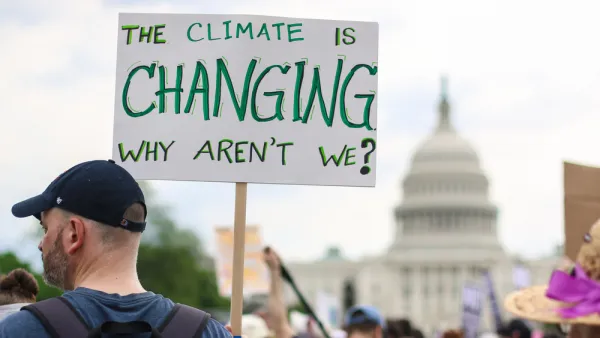The law calls for buildings larger than 20,000 square feet to eliminate fossil fuels by 2050.

Seattle building owners and managers will be tasked with developing plans to decarbonize their buildings by 2050 under a new city law that is expected to reduce building emissions by 27 percent by 2050, reports Amanda Zhou of The Seattle Times in Governing.
“The law, which Seattle City Council members voted unanimously to approve, applies to about 4,100 buildings that are 20,000 square feet or larger, including skyscrapers, retail stores, research facilities, community centers, offices and some low-rise apartment buildings.” These buildings, Zhou explains make up 3 percent of the city’s building stock but produce more than one-third of total building emissions.
Building owners will get assistance through a city program designed to help them transition funded by federal dollars and $4.5 million in city funds. The program includes a wide array of exceptions and delayed deadlines, including buildings with industrial and manufacturing uses, affordable housing and human services buildings, and buildings facing “high vacancy rates or financial distress.”
FULL STORY: Seattle to Phase Out Large Building Emissions by 2050

National Parks Layoffs Will Cause Communities to Lose Billions
Thousands of essential park workers were laid off this week, just before the busy spring break season.

Retro-silient?: America’s First “Eco-burb,” The Woodlands Turns 50
A master-planned community north of Houston offers lessons on green infrastructure and resilient design, but falls short of its founder’s lofty affordability and walkability goals.

Delivering for America Plan Will Downgrade Mail Service in at Least 49.5 Percent of Zip Codes
Republican and Democrat lawmakers criticize the plan for its disproportionate negative impact on rural communities.

Test News Post 1
This is a summary

Test News Headline 46
Test for the image on the front page.

Balancing Bombs and Butterflies: How the National Guard Protects a Rare Species
The National Guard at Fort Indiantown Gap uses GIS technology and land management strategies to balance military training with conservation efforts, ensuring the survival of the rare eastern regal fritillary butterfly.
Urban Design for Planners 1: Software Tools
This six-course series explores essential urban design concepts using open source software and equips planners with the tools they need to participate fully in the urban design process.
Planning for Universal Design
Learn the tools for implementing Universal Design in planning regulations.
EMC Planning Group, Inc.
Planetizen
Planetizen
Mpact (formerly Rail~Volution)
Great Falls Development Authority, Inc.
HUDs Office of Policy Development and Research
NYU Wagner Graduate School of Public Service





























